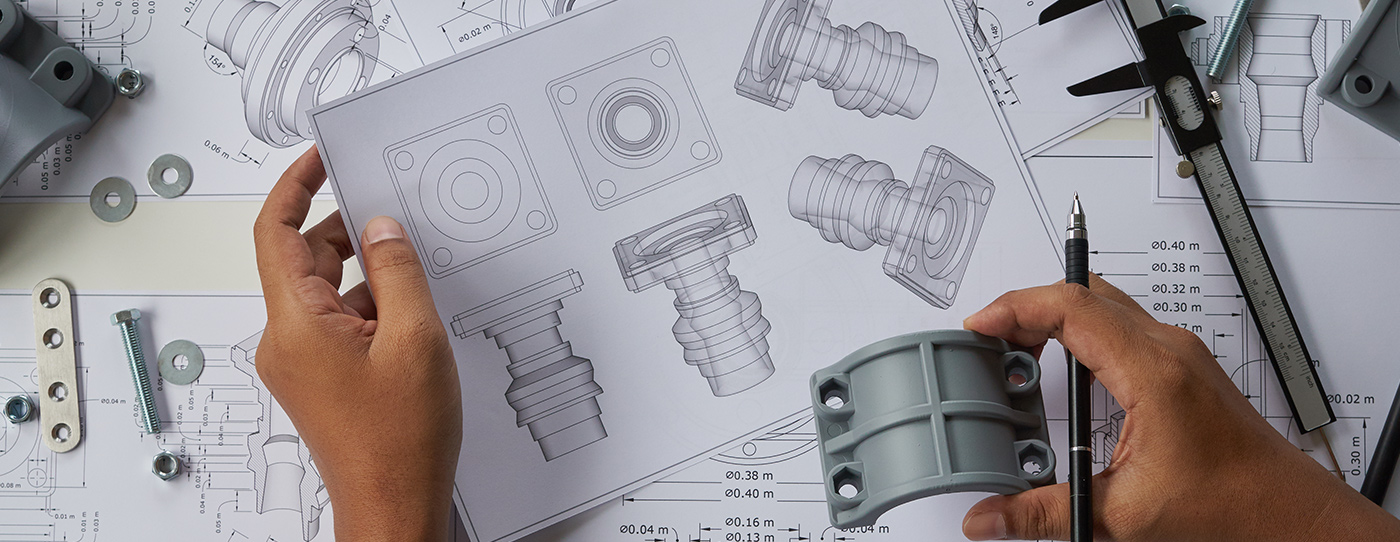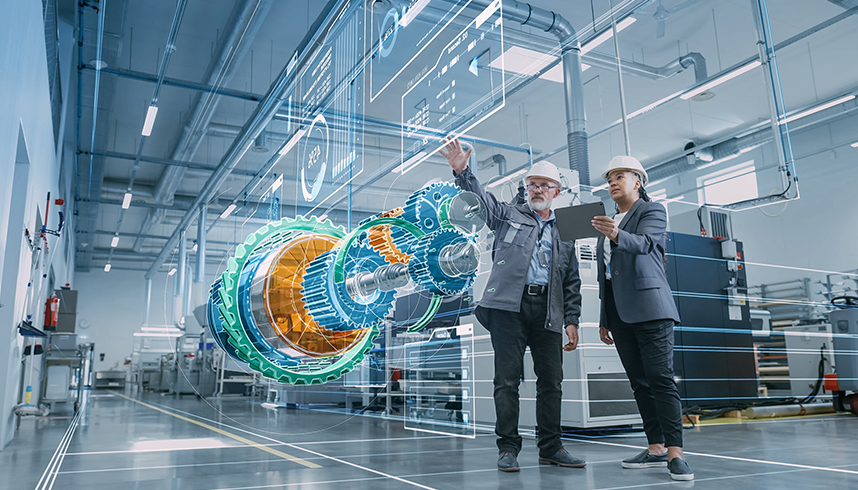
What Is Industrial Design? What is It Used for?
Industrial design is one of the most important disciplines in today's world. Before they are manufactured, all items such as smartphones, cars we operate, and the ergonomic chairs we utilize undergo the industrial design process. Therefore, the functionality of the products we use is closely tied to the stages of industrial design.
So, what is industrial design, and what purpose does it serve? What are the stages of industrial design? Now let's talk about this in a little more detail.
What is industrial design?
Industrial design is the process of designing new and up-to-date products that address consumer needs with the aim of mass production. It encompasses the evaluation of a range of criteria, such as artistic qualities, creativity, technical advantages, functionality, ergonomics, material knowledge, marketability and more. These criteria to some extent, determine the fate of the designed products. For example; the usability, improved artistic qualities or marketability of products are determined through the applications in the industrial design process. This process also requires contributions from various disciplines like art, engineering and science.
What function does industrial design have?
Industrial design aims to improve the quality of life for people, enhance the competitiveness of businesses and protect the environment. Additionally, industrial design products need to be ergonomic, safe, and durable while also improving the user experience.
“Industrial design aims to improve the quality of life for people, enhance the competitiveness of businesses and protect the environment.”

For example, a product designed to achieve high energy efficiency can result in lower energy consumption and reduced costs. Another product designed with lightweight and durable materials is easier to transport and has a longer lifespan. During the industrial design process, a completely new function may be added to a product to meet user needs, making it more marketable. Industrial design enriches the user experience both in terms of functionality and artistic qualities.
What are the fundamental principles of industrial design?
The fundamental principles of industrial design are concepts that guide the creative process and determine the quality of the resulting design. These principles include:
- Meeting user needs:
The goal in industrial design is to create products that respond to the users' needs. Therefore, it is crucial for the designer to identify the needs and expectations of users before production. - Functionality:
In addition to meeting user needs, the design should be functional and provide value to the end user. A functional design is valuable to the final user. For example, a chair should be designed for comfortable seating. - Artistic qualities:
Artistic qualities are another essential principle of industrial design. How a product is designed and how it visually appeals to users is crucial. For instance, the design of a faucet includes considerations about color and how the material looks. - Ergonomics:
The design should be ergonomic, allowing users to interact with the product comfortably and safely. This involves considerations of the product's size, shape, weight, and ease of use for humans. - Sustainability:
Sustainable design is a critical aspect of industrial design. Products should be environmentally friendly, such as using recycled materials or ensuring that they easily biodegrade. For instance, a plastic bottle designed for easy recycling reduces environmental impact. - Innovation:
The design should be innovative and original. It can incorporate new technologies or offer a unique customer experience.
What are the stages of industrial design?
The stages of industrial design can vary depending on the designer or organization, but they can generally be summarized in five steps:
- Problem definition and research:
This is the initial stage where the producer conducts research into user needs, the competitive environment, and technical possibilities. - Sketching and concept design:
In this phase, the designer generates ideas and concepts based on the research. - Detailed design:
Once a concept is formed, it is refined and developed into a more detailed design. - Testing and prototyping:
The designer creates a physical prototype of the design, allowing for testing and validation. This stage helps identify and address any flaws. - Revision and production follow-up:
After gathering user feedback, the design may be revised and improved. Once everything is complete, prototypes are ready for mass production.
SOCAR Türkiye R&D's Value-Adding Industrial Design Projects
At SOCAR Türkiye, we conduct various collaborative research and development projects in partnership with national and international universities within the context of open innovation. For example, our project titled "Design, Material, Production and Machine Technologies Development for 3D-Additive Manufacturing" within the TÜBİTAK-SAYEM (Industrial Innovation Network Mechanism) framework received high scores from all assigned referees according to the TÜBİTAK Innovation Support Program Implementation Principles. The project involves 23 project partner companies and universities that are recognized nationally and internationally.
Our first digital content-based R&D product, ImCube was designed for particle size analysis using image processing technology. This device consisting of an integrated camera system and a vibrating sample holder, operates with a proprietary algorithm we developed. This algorithm allows for the separation of stacked solid particles in a liquid without the need for dispersion, facilitating high-precision measurements. ImCube, designed for tabletop use, offers solutions in fields such as refineries, petrochemicals, mining, and microbiology.
In the field of industrial design, we evaluate many products in our daily lives for energy efficiency and recyclability. Our goal is to protect the environment and develop products and technologies that will make us an industry leader.
We are working today for a better tomorrow, fueled by our energy.